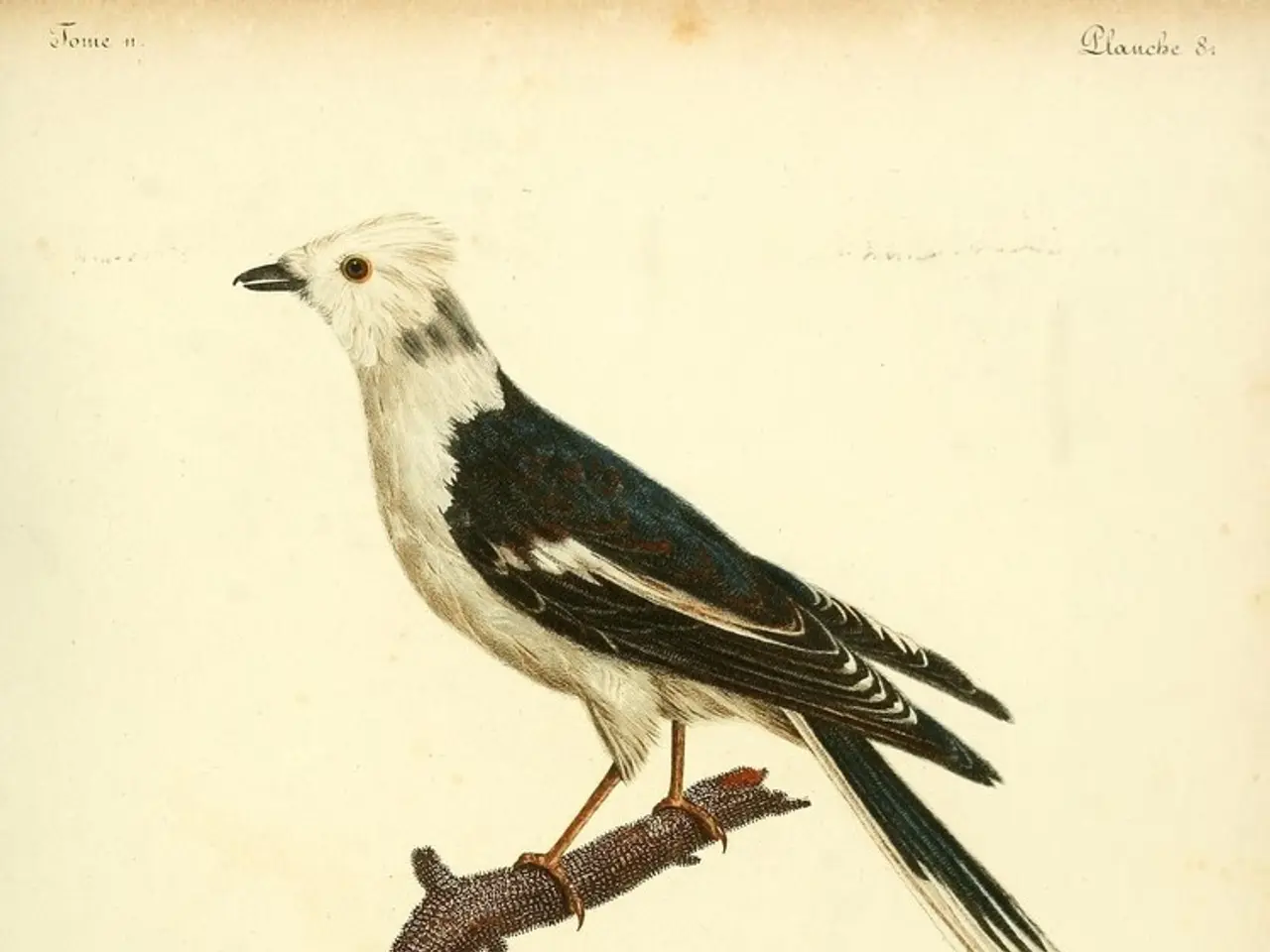Filmmaker Peter Jackson to Revive Massive, Ancestral Moa Creature
In the realm of genetic engineering, Colossal Biosciences' ambitious project to revive extinct species, such as the Moa and the Direwolf, has ignited a flurry of scientific and ethical discussions. The company's goals, which also include the revival of the thylacine and the woolly mammoth, have raised concerns about the potential impact on ecosystems, the practicality of such endeavours, and the ethical considerations surrounding de-extinction.
One of the primary scientific concerns revolves around the ecological balance. Reviving species like the Moa or Direwolf could disrupt current ecosystems, especially if their original habitats no longer exist or have been significantly altered. There are also questions about whether the revived species can adapt to contemporary environmental conditions and produce viable offspring.
Technologically, de-extinction presents its own set of challenges. Current genetic engineering often targets morphological traits rather than survival and reproduction traits, which are crucial for species survival. Moreover, reviving species involves complex genetic reconstruction, which may not fully replicate the original species' genetic constitution.
Ethically, de-extinction raises questions about conservation priorities and motivations. There is a risk that de-extinction efforts could distract from or undermine conservation efforts for living species. The involvement of companies like Colossal Biosciences also raises questions about commercial motivations versus genuine conservation goals.
Animal welfare is another significant ethical concern, given the potential for suffering or poor adaptation to modern environments. De-extinction could also reshape societal attitudes towards extinction, potentially leading to decreased urgency in preventing extinctions in the first place.
Colossal Biosciences' Moa project involves genetically modifying the closest living relatives of the Moa, such as emus and tinamous, using ancient DNA. This approach highlights the challenges of working with surrogate species and the ethical questions surrounding such interventions. The Moa project, like others, must navigate these complexities while addressing broader societal and ecological implications.
Colossal Biosciences has already announced successes in reviving the Direwolf and genetically modifying mice to exhibit woolly mammoth characteristics. However, critics argue that these genetically modified organisms may not exhibit similar behaviors or ecological niches as the original extinct species. Evolutionary biologist Tori Herridge believes that the revival of extinct species by Colossal Biosciences is more akin to scientific experiments rather than genuine revivals.
The Moa, a flightless plant-eater that roamed New Zealand until it was driven to extinction by humans 600 years ago, is one of the species at the centre of this debate. Nic Rawlence of the University of Otago believes it's unlikely that the extinct Moa can be brought back to life, calling it a low chance of success. Aroha Te Pareake Mead, a member of the IUCN's political development working group, criticizes the use of synthetic biology in conservation as egoistic pastimes.
Peter Jackson, director of "Lord of the Rings," has invested $15 million in Colossal Biosciences for the Moa revival project. The mutated eggs will be incubated, and the young birds will be released into closed "rewilding areas." However, critics accuse Colossal of distracting from the ongoing massive loss of biodiversity with its million-dollar projects.
A study published in the journal "Nature Ecology and Evolution" concluded that de-extinction efforts could harm species conservation. As the debate surrounding Colossal Biosciences' de-extinction projects continues, it is clear that while the concept offers intriguing possibilities for conservation and scientific advancement, it also poses significant scientific and ethical challenges that must be carefully considered.
- The 'de-extinction' project by Colossal Biosciences also raises discussions in the realm of community policy, as concerns about potential harm to ecosystems and ethical considerations demand careful regulation.
- In the field of education and self-development, the debate surrounding de-extinction serves as a case study for exploring the implications of scientific advancements and the responsibility towards our environment and animal welfare.
- The revival of extinct species like Moa and Direwolf through genetic engineering has sparked interest in the entertainment industry, with figures like Peter Jackson investing in such projects. However, this also raises questions about the prioritization of resources in conservation efforts.
- As the de-extinction debate unfolds, general news outlets cover the scientific advancements, ethical dilemmas, and societal implications, shedding light on the complex relationships between science, technology, and ethics in modern conservation.




